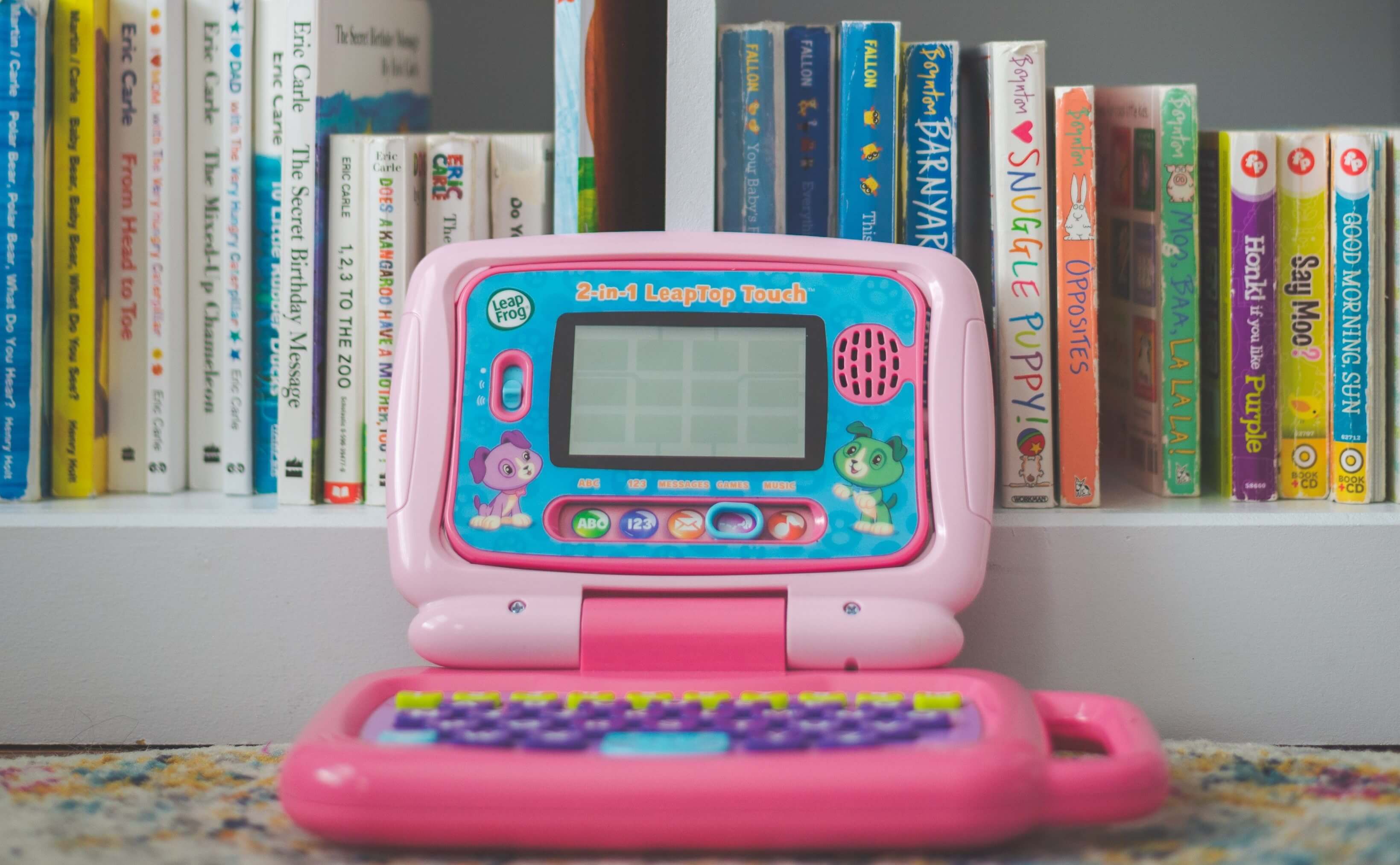It's a time-tested query. Do I choose DVDs and Blu-ray or which one to pick? DVDs and Blu-ray discs appear to have coexisted in the market for some time, unlike how new technology typically immediately replaces old ones. What distinguishes Blu-ray movies from HD DVD movies, then? What are the benefits and drawbacks of DVDs and Blu-ray, and which is preferable?
Fortunately, there isn't much disagreement on this topic. Some DVD enthusiasts might be shocked to learn that Blu-ray is superior on almost every level. Let's dissect it. But as our new generation is less familiar with such types of things like DVDs and stuff like that. But game DVDs always entice the little ones, so use the WHSmith Promo Codes and buy games and other stuff for your kids.
Storage Volume
Blu-ray discs have significantly more storage space. The amount of data on a typical DVD is 4.7 gigabytes. This will hold a single movie. If the film is over two hours, you'll need two DVDs or a double-layer DVD with a storage capacity of about 9GB. A double-layer Blu-ray disc, on the other hand, has a huge 50 GB of data storage capacity.
Image Quality
The only thing most people typically care about when it comes to image resolution is how their picture appears when they are watching the disc. When comparing the resolution between DVDs and Blu-ray, Blu-ray easily prevails. A standard definition device is a DVD. Your DVD only has 480 SD resolution, so you can't watch high-definition movies on it. Contrarily, Blu-ray is designed for HD, and your Blu-ray movies will be able to play in 1080 HD, giving you the best picture possible. Therefore, Blue Ray is the undisputed winner if you want a high-quality image.
DVD Is Made For Blu-Ray
In 2016, Ultra HD Blu-ray was developed, enabling creators to encode more data in 4k resolution on the discs. This technology can provide you with an even better picture if you have a more recent player that can play Ultra HD Blu-ray discs and a 4K Ultra HD television that is compatible.
Audio Excellence
Blu-ray may prevail if clear audio is a priority for your viewing experience. Audio formats like DTS:X, Dolby Atmos, DTS-HD Master Audio, and Dolby TrueHD can be found on Blu-ray discs. You can achieve theater-like sound if your home theater setup can decode these formats. Your audio system needs to be capable if you want more than Dolby Digital/DTS.
The Use Of Lasers
Lasers are used by DVDs and Blu-ray players to read the discs. The DVD laser is different because it is a red laser that operates at a 650nm wavelength. The Blu-ray laser is, you guessed it, blue and operates on shorter 405nm wavelengths, allowing for a more accurate and detailed reading of data.
Players that play Blu-ray discs have some advantages over those that play DVDs. The majority of contemporary Blu-ray players can play content from flash drives, other devices, and streaming websites. Even if you already own DVDs, upgrading to a Blu-ray player and watching your DVDs on it can enhance the audio and video quality because the players have an upscaling feature. Blu-ray Disc players stopped supporting analog connections in 2013, so current players only have an HDMI connection.
Construction of Discs
Although DVDs and Blu-ray discs appear identical to the unaided eye, the grooves on Blu-ray discs are significantly more closely spaced and narrower because the blue laser can read more exact data. Because of this, the Blu-Ray disc can store a lot more data. Additionally, compared to DVDs and Blu-ray discs are scratch-resistant.
Well, now you can tell what is the difference between DVDs and Blu-ray and can buy the best for your kids. However, you can use the Hive Discount Code to save dollars on your kids’ toy shopping.
Read More Blogs: Comfortable Pushchair for Kids Outdoor Activities











